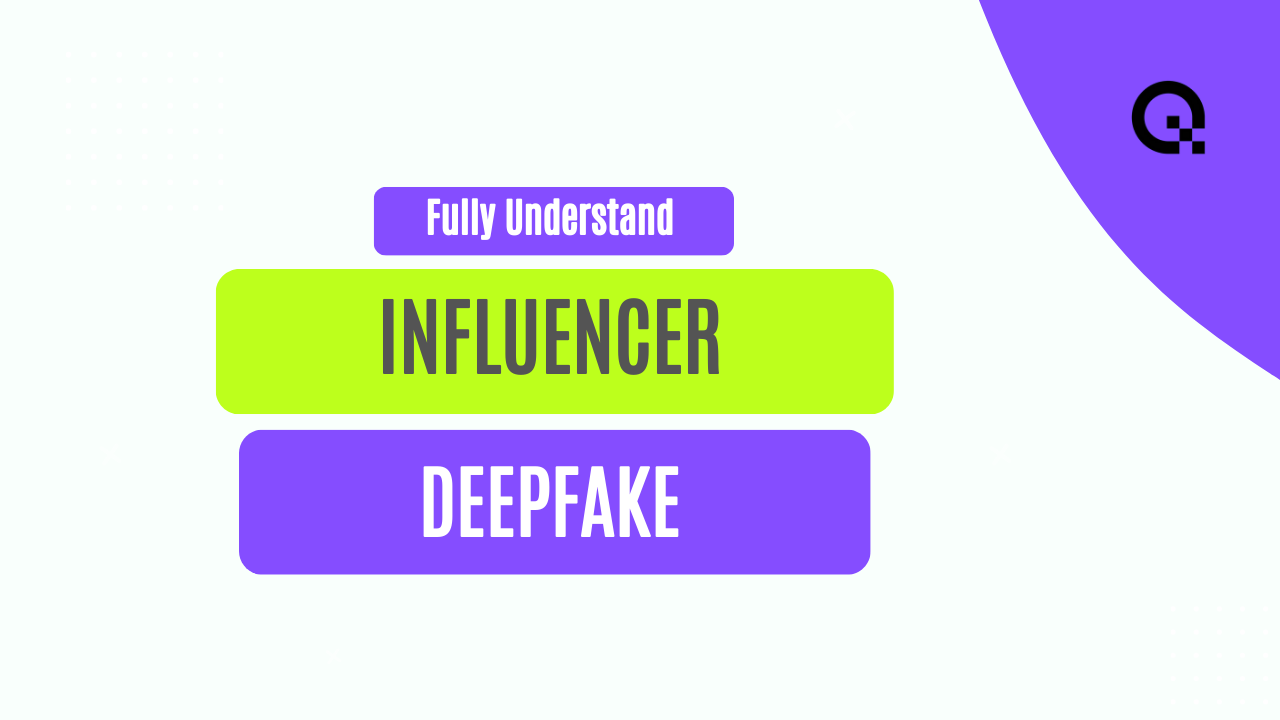The Dead Internet Theory: The Mysteries of a Digital Graveyard
The internet, a vast and interconnected network of information, has become an integral part of our daily lives. From social media to online shopping, we rely on the internet for communication, entertainment, and information. However, beneath the surface of this seemingly endless digital landscape lies a mysterious phenomenon known as the Dead Internet Theory.
What is the Dead Internet Theory?
The Dead Internet Theory posits that there are vast expanses of the internet that have been abandoned, forgotten, or simply left to decay. These digital spaces, once vibrant and active, now lie dormant and lifeless, like ghost towns in the wild west.
Proponents of the Dead Internet Theory point to the countless websites, forums, and online communities that have been neglected or abandoned over the years. These virtual relics serve as eerie reminders of the internet's transient nature and the fleeting attention spans of its users.
As technology evolves and trends shift, older websites and online platforms are often left behind, relegated to the digital graveyard where they slowly fade into obscurity. The Dead Internet Theory suggests that these abandoned spaces continue to exist, like digital ghosts haunting the virtual realm.
The Rise and Fall of Online Communities
One of the most compelling aspects of the Dead Internet Theory is its exploration of the rise and fall of online communities. From early chat rooms and forums to social media platforms, the internet has been home to a myriad of virtual spaces where people gather to share ideas, connect with others, and build relationships.
However, as new platforms emerge and user preferences change, many of these online communities struggle to adapt and ultimately fade away. The Dead Internet Theory highlights the fragility of digital spaces and the ephemeral nature of online interactions.
For those who remember the early days of the internet, the concept of digital spaces being abandoned may seem unsettling. Websites that were once bustling with activity are now silent and deserted, frozen in time like digital time capsules.
Exploring the Digital Graveyard
To truly understand the Dead Internet Theory, one must venture into the depths of the digital graveyard and explore the remnants of forgotten online worlds. From defunct social media platforms to abandoned blogs, there is a wealth of digital history waiting to be uncovered.
As users navigate this digital wasteland, they may stumble upon relics of the past, such as outdated web design trends, obsolete technologies, and forgotten cultural references. These artifacts serve as windows into a bygone era of the internet, offering insights into how the digital landscape has evolved over time.
While the Dead Internet Theory may evoke feelings of nostalgia and melancholy, it also raises important questions about the longevity of digital content and the preservation of online history. As the internet continues to expand and evolve, it is essential to consider the legacy of the digital spaces we create and the impact they have on future generations.
Confronting the Ghosts of the Internet
As we navigate the ever-changing landscape of the internet, it is important to confront the ghosts of the past and acknowledge the legacy of the digital spaces that have been left behind. By recognizing the significance of these abandoned online worlds, we can gain a deeper appreciation for the history of the internet and the role it plays in shaping our digital identities.
Whether you are a casual internet user or a seasoned web explorer, the Dead Internet Theory invites you to ponder the mysteries of a digital graveyard and reflect on the fleeting nature of online existence. As we scroll through endless feeds and click through countless links, let us not forget the virtual ghosts that linger in the shadows of the internet, waiting to be rediscovered and remembered.



